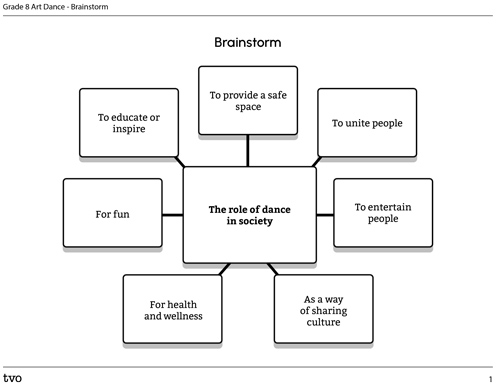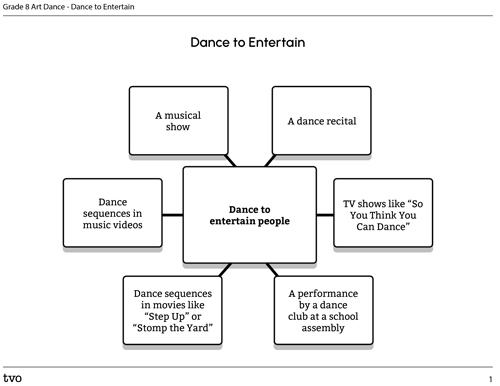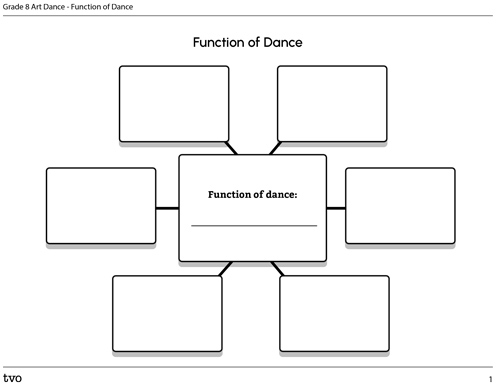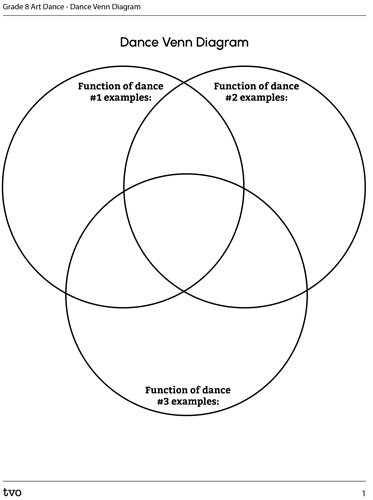Minds On
Today’s vocabulary
Press the following tab to access the definition of the learning concept for this learning activity.
Let’s get started!
Exploring the role of dance
Dance serves many different roles in society.
Explore the following images and identify what you think the main role each example of dance serves.
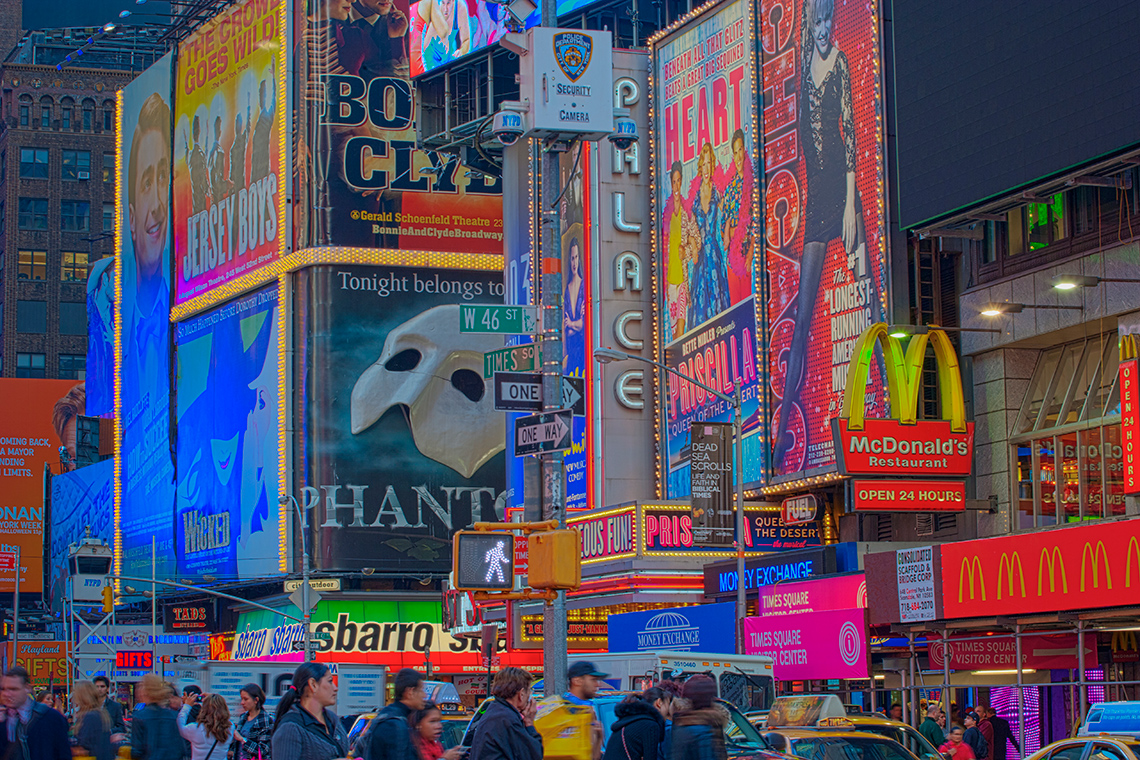
Select the correct answer, then press “Check Answer” to see how you did.

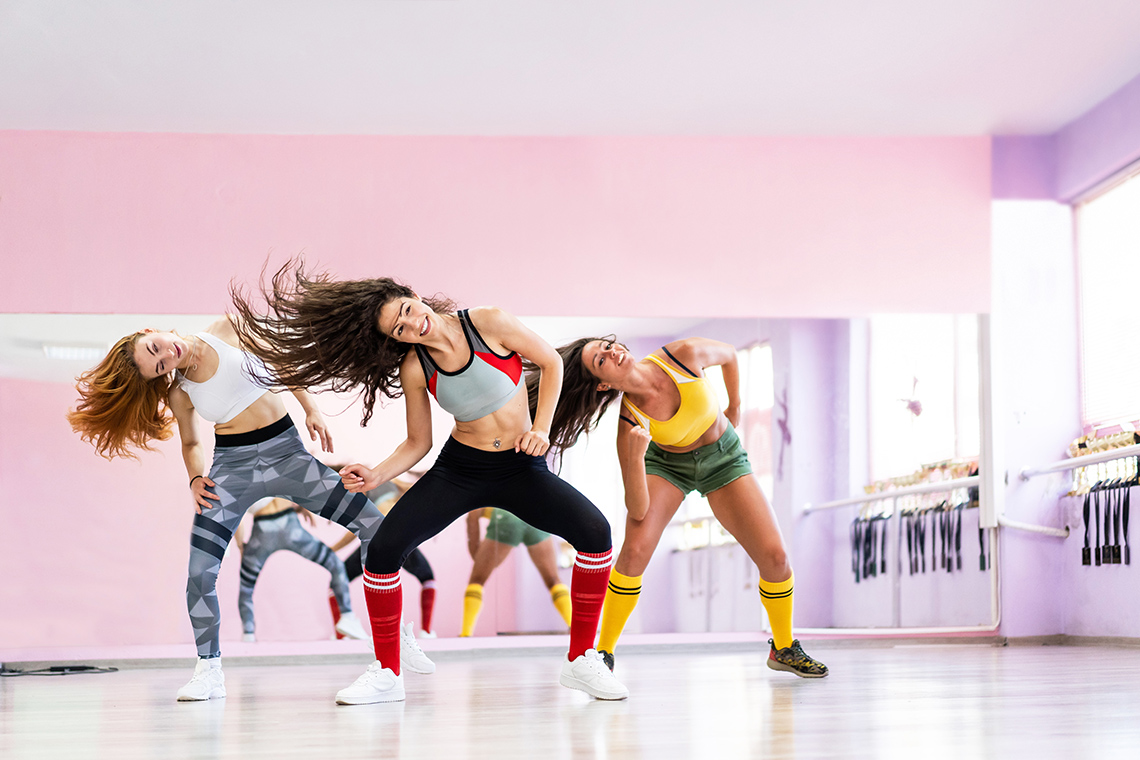
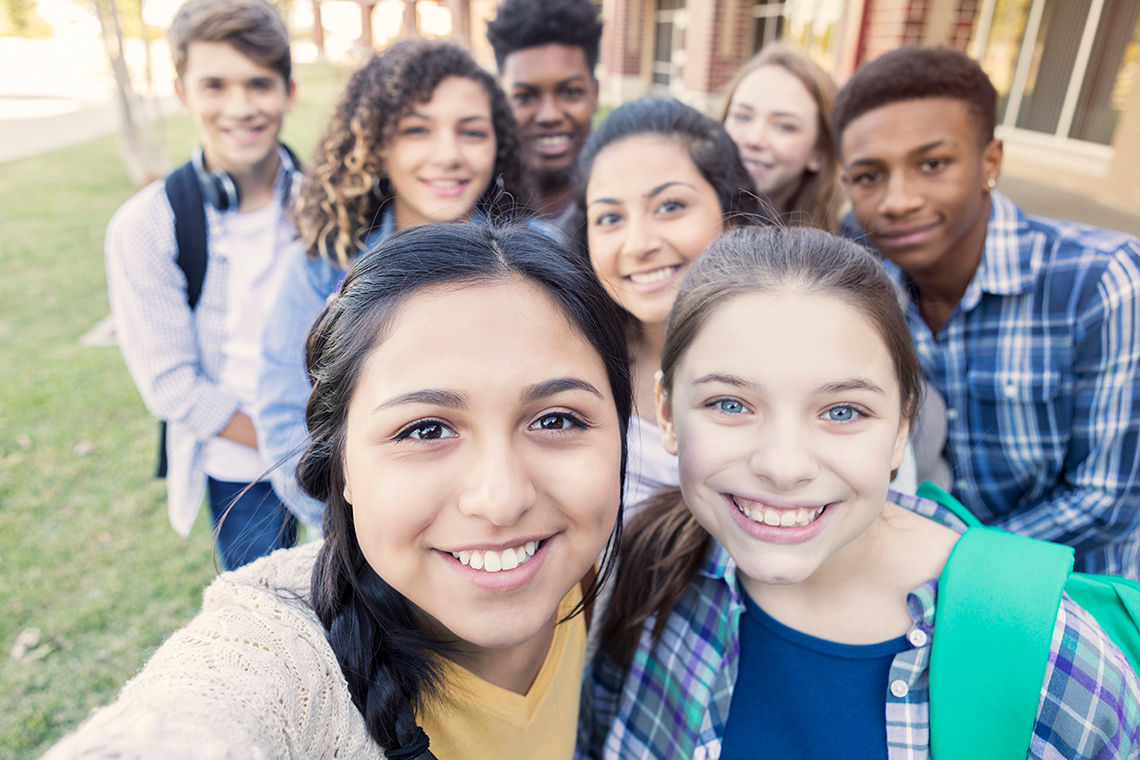
Brainstorm
Brainstorm
Did any of your answers differ from the one that was flagged as correct?
Were there any questions where you felt all three options could be correct?
If possible, share your thoughts with a partner.
Action
Get ready, get set…
Task 1: The role of dance
As we learned in the Minds On section, dance serves different roles in society. Explore the following brainstorming web that outlines many different functions of dance.
Pause and Reflect
Pause and reflect
- Can you think of any additional examples of these different roles beyond the suggestions in the Minds On? (e.g., dancing at a wedding might be an example of dance that people do for fun)
- Are there any other roles you can think of that you would add to the list?
Go!
Task 2: Reflection
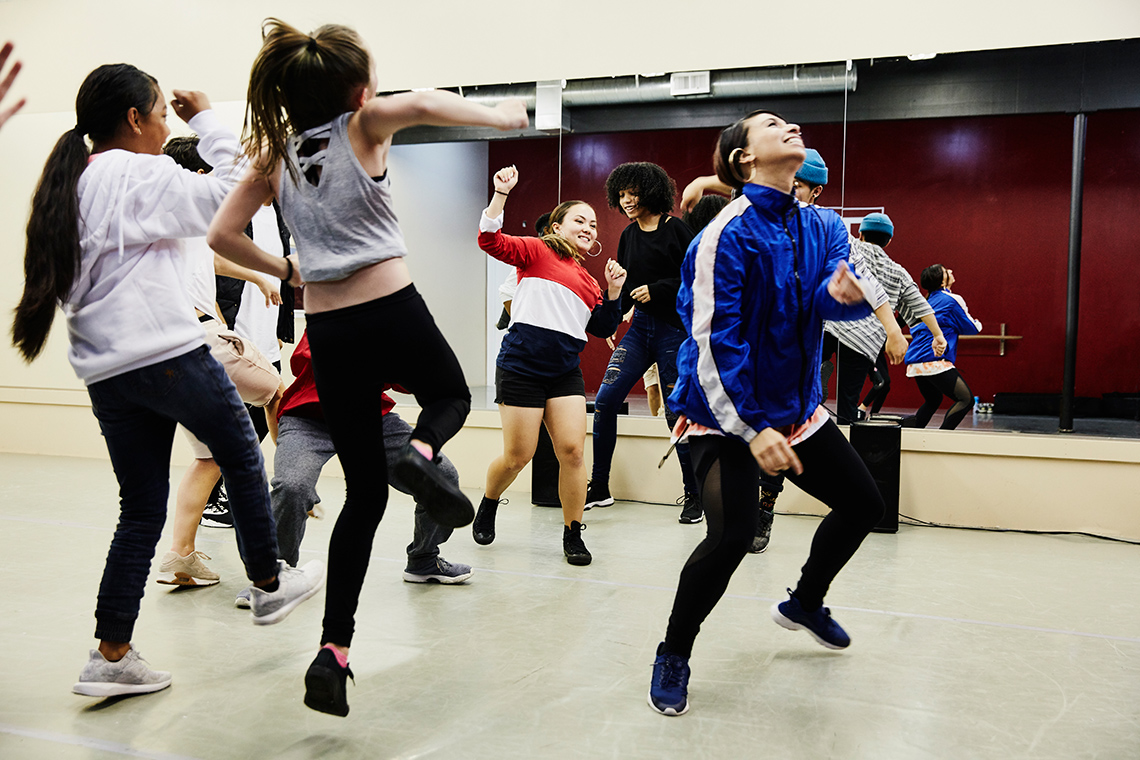
Consider the following questions:
- Were there any examples from the Minds On that you felt could fit into multiple categories?
- Why might dance serve more than one purpose?
- Does dance exist in your life? If so, what purpose does it serve?
Explain your thinking. Record your ideas using a method of your choice.
Task 3: Unpacking a function of dance
Let’s unpack dance experiences related to dance for entertainment. In the following image, an audience is enjoying a performance on stage.
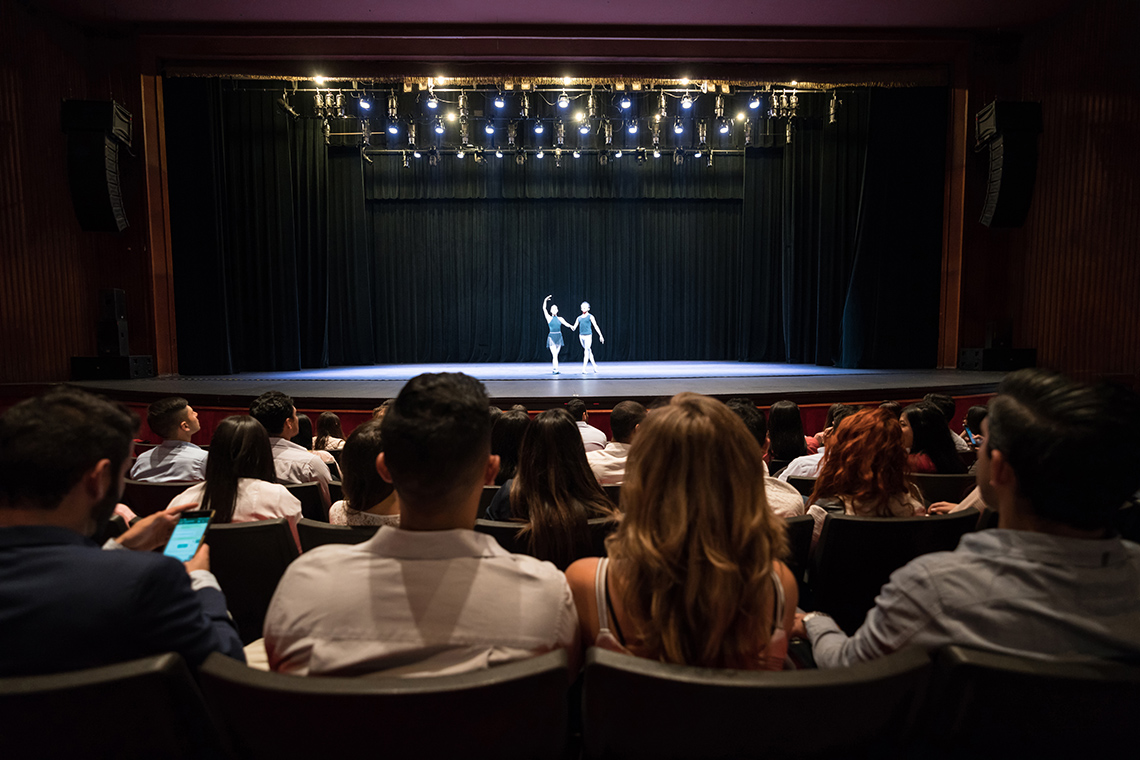
The image is taken at the back of the theatre. The backs of the heads of the audience are visible. In the distance on the stage, two dancers are visible.
What other dance experiences might be examples of dance for entertainment? In the following brainstorming web, explore some additional examples.
Press the following tab to access some additional examples
 Description
Description
A mind map consisting of a large center circle labelled "The Role of Dance in Society". The center circle is surrounded by seven smaller circles with arrows pointing from the large center circle towards each of the seven smaller circles.
Each smaller circle is labelled.
Outer circle 1: To provide a safe space.
Outer circle 2: To unite people.
Outer circle 3: To entertain people.
Outer circle 4: As a way of sharing culture.
Outer circle 5: For health and wellness.
Outer circle 6: For fun.
Outer circle 7: To educate or inspire.
Select another function of dance that you wish to explore further. Using the brainstorming web, or a method of your choice, brainstorm examples of your chosen function. Use the previous example as a guide.
Complete the Function of Dance in your notebook or using the following fillable and printable document. If you would like, you can use speech-to-text or audio recording tools to record your thoughts.
Consolidation
Putting it all together
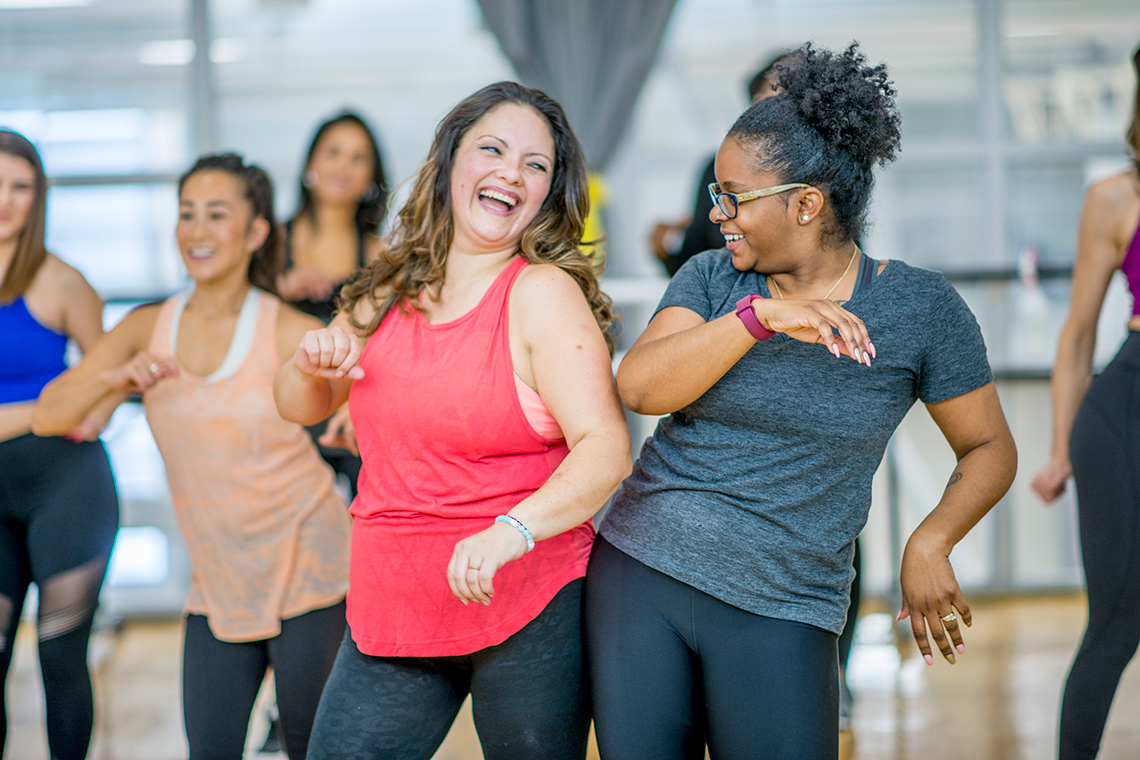
Digging deeper
Select three functions of dance (e.g., dance for fun, dance to unite people, and dance as a way of sharing culture) that you wish to explore further.

One teacher, with a speech bubble, saying “Remember you have already unpacked one function of dance. You might choose to use this as part of your Venn diagram that you are about to work on!”
Portfolio
Review your learning
Using the following triple Venn diagram, or a method of your choice, list as many examples of dance experiences that serve this function as you can.
Press the ‘Hint’ button to access more information on how to complete a Venn Diagram.
Once you have your selected three dance functions (e.g., dance for fun, dance to unite people, and dance as a way of sharing culture), add them as the labels of the three large circles. Next, record any examples of those functions within the large circles. If you identify any type of dance that serves more than just one of those functions, record that example in the space where those circles overlap.
Complete the Dance Venn Diagram in your notebook or using the following fillable and printable document. If you would like, you can use speech-to-text or audio recording tools to record your thoughts. Consider adding your work to your portfolio.
Reflection
As you read the following descriptions, select the one that best describes your current understanding of the learning in this activity. Press the corresponding button once you have made your choice.
I feel…
Now, expand on your ideas by recording your thoughts using a voice recorder, speech-to-text, or writing tool.
When you review your notes on this learning activity later, reflect on whether you would select a different description based on your further review of the material in this learning activity.
